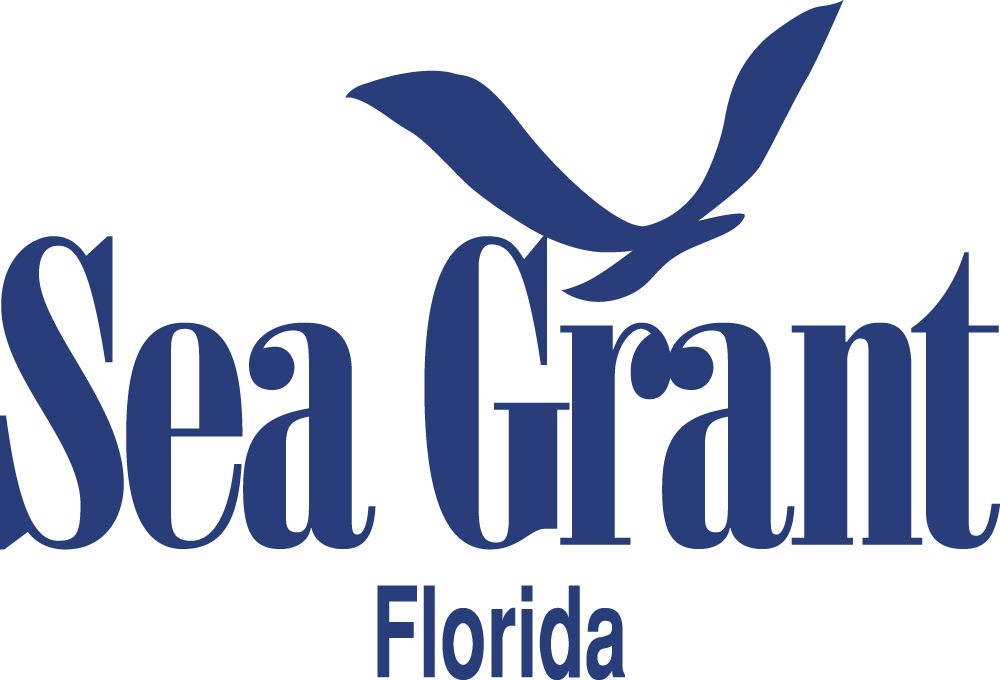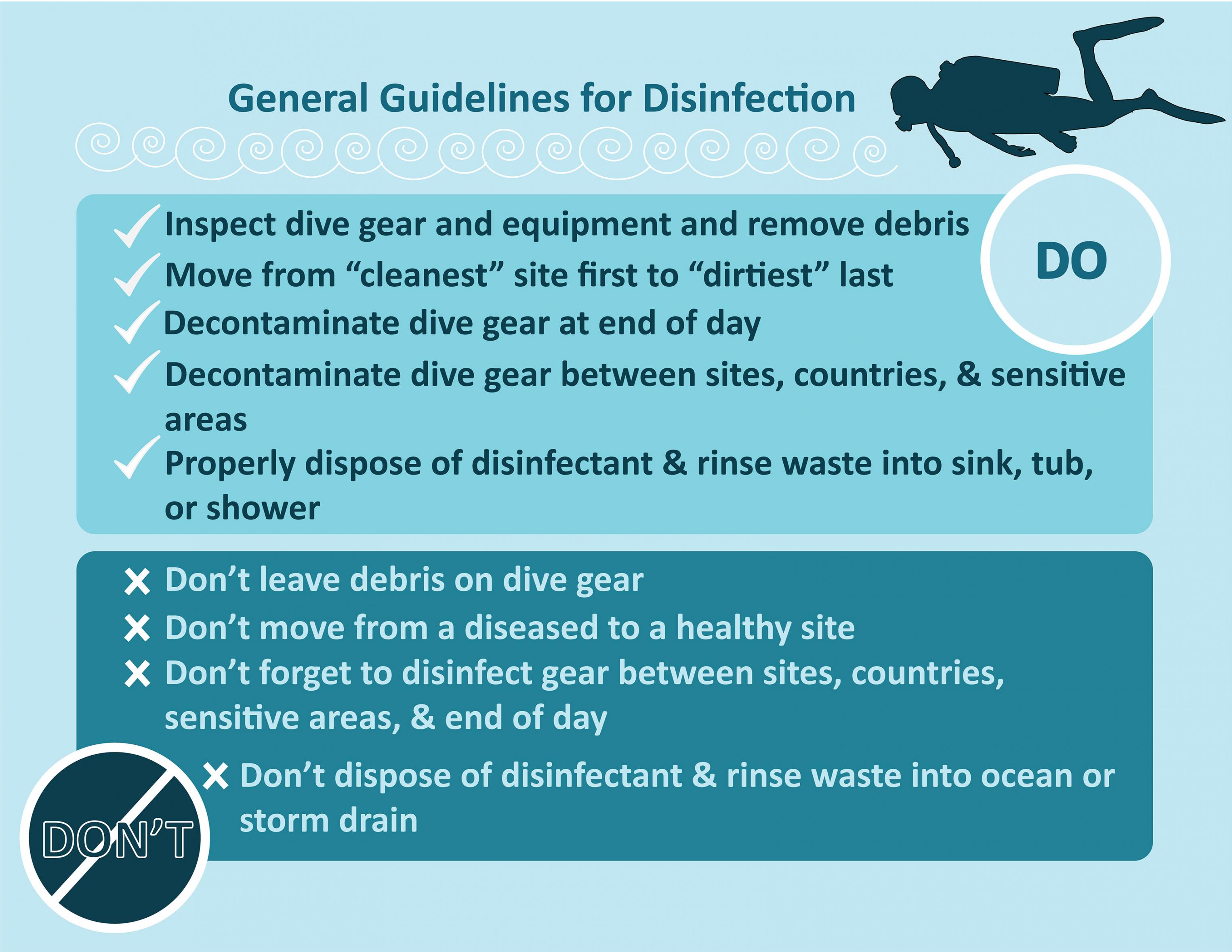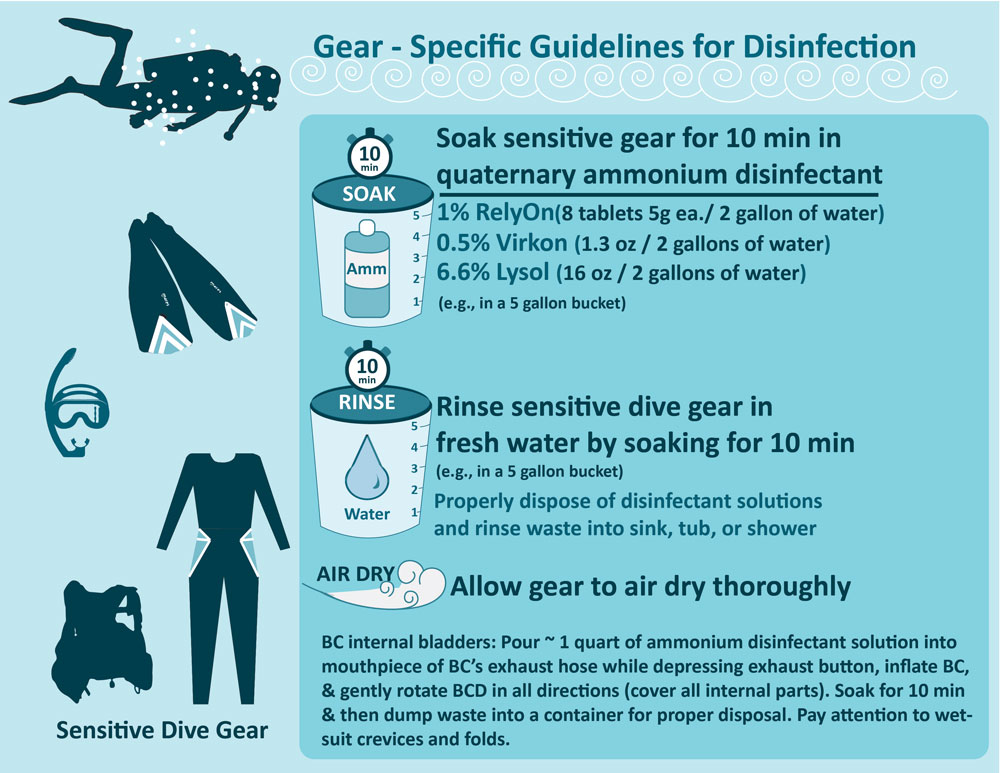The Communications and Outreach Team is responsible for producing communications products and pieces, working with other teams to review products, and developing and coordinating unified messaging among partners. The Communications and Outreach Team aims to enhance community understanding, participation, and local stewardship in a coordinated response to the ongoing coral disease outbreak through education and training to improve capacity to participate in monitoring and management programs.
For the latest news and updates, please visit the Florida Keys National Marine Sanctuary Coral Disease Portal.
Citizen Science Opportunities
Divers and snorkelers in the Florida Keys can help by finding a tagged coral, taking photos of the tagged corals and submitting those photos to the response team through the Citizen Science Photo Submission Form.
Training and Resources
Stony Coral Tissue Loss Disease Observer Training
The Stony Coral Tissue Loss Disease Observer Training engages the recreational SCUBA diving community. The training aims to better increase divers’ understanding of the disease outbreak and teach divers how to identify 11 species of stony corals for monitoring.The classroom-based training is free and where funding is available, can be paired with an in-water training to increase learning of organism identification, as well as identification of coral condition. The trained observers will be able to continue monitoring the spatial extent of the disease, as well as recovery in locations that the disease has already moved through. The training is offered by Florida Sea Grant Extension Agents Shelly Krueger (
shellykrueger@ufl.edu) and Ana Zangroniz (
azangroniz@ufl.edu).
Stony Coral Tissue Loss ID cards
These downloadable ID cards assist in properly determining if a coral colony is affected by stony coral tissue loss disease.
Dive Gear Decontamination ProtocolDivers and snorkelers can reduce their likelihood of transferring stony coral tissue loss disease through proper buoyancy, avoiding touching marine organisms and sanitizing equipment between dive sites, especially when traveling between countries or between infected and uninfected locations.
General Guidelines
- Remove debris and sediment following each dive.
- Between dives, sanitize gear that contacts corals with a bleach solution. Other gear should be washed in freshwater with an antibacterial soap.
- Use quaternary ammonium solutions to decontaminate dive gear after return to shore.
- Properly dispose of disinfectant solutions and rinse water in a sink, tub or shower. Never pour into the ocean or a storm drain.
Gear-specific Guidelines
- Non-sensitive equipment – After each dive, soak equipment (weight belts, tools, etc.) for 10 minutes in a 10% bleach solution (1 quart ch per 2 gallons water). Rinse with fresh water; air dry.
- Wetsuits, Buoyancy Compensation Devices (BCDs), mask and fins – After each dive, soak for 10 minutes in one of the following: 0.5% RelyOn (four 5 g. tablets/gal. water), 1% Virkon S (1.3 oz./2 gal. water), 6.6% Lysol (1 qt./gal. water), or an equal concentration of another quaternary ammonium disinfectant. Soak in fresh water for 10 minutes; air dry.
- BCD internal bladders – Pour approximately ½ liter disinfecting solution into the mouthpiece of the exhaust hose while depressing the exhaust button, inflate BC, and gently rotate in all directions. Allow to sit for 10 minutes. Flush twice with fresh water.
- Regulators, computers, gauges, underwater cameras and other sensitive scientific equipment – Soak for 20 minutes in a solution of warm water and antibacterial dish soap or OdoBan (5 oz./gal.). Rinse in fresh water; air dry. Additionally or alternately, thoroughly wipe with isopropyl alcohol.
This protocol does not endorse, recommend, or favor any specific commercial product, process, or service, or the use of any trade, firm or corporation name and is provided only to inform the public. Safety data sheets for chemicals and user's manuals for equipment developed by product manufacturers provide critical information on the physical properties, reactivity, potential health hazards, storage, disposal, and appropriate first aid procedures for handling, application, and disposing of each product in a safe manner.
Contact
Team leads: Shelly Krueger (shellykrueger@ufl.edu), and Rachel Skubel (Rachel.Skubel@Floridadep.gov)






